Vietnamese honour ancestors with sticky rice balls
For the past few days, glutinous rice balls are being served in various markets and food shops in Ha Noi for the traditional Cold Food Festival.
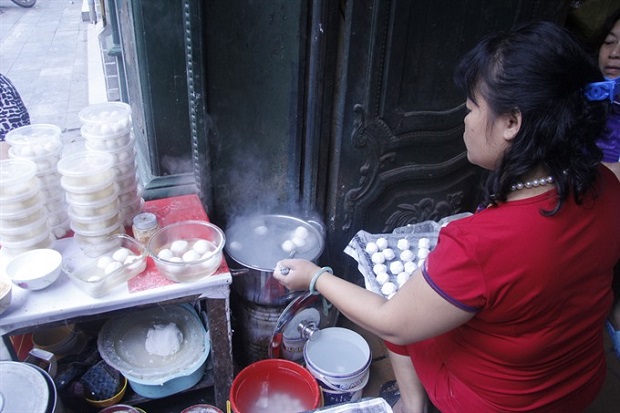 |
| Glutinous cakes are available in mass number at markets in Hà Nội. (Photo: VNA/VNS) |
This year, the festival fell on April 18, which was the 3rd day of the 3rd lunar month.
There are 2 type of glutinous rice balls: ‘banh troi’ and ‘banh chay’. ‘Banh troi’ is the size of a grape and has a cube of palm sugar inside; ‘banh chay’ is the size of an egg, with mung beans inside, and is served with a thick, sweet sauce.
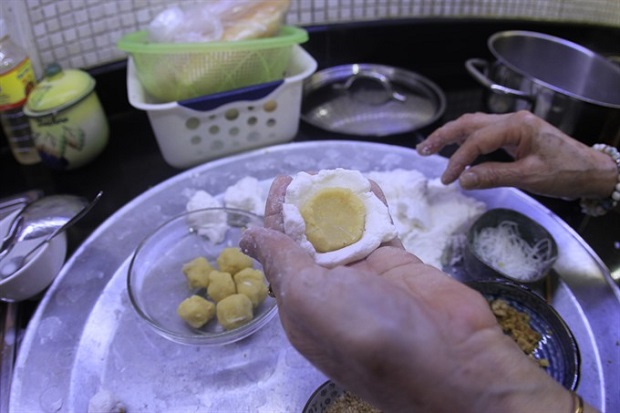 |
| It is simple to make glutinous balls. (Photo: VNA/VNS) |
The custom of making glutinous rice balls has its roots in China, where it is celebrated from the third to fifth day of the fourth lunar month. On this occasion, the Chinese honour a scholar named Zitui who died of fire burns. Zitui lived in China during 771-476BC. Traditionally, fire is considered taboo on this day, so people only eat cold food.
The Vietnamese, however, celebrate only one day - the 3rd day of the 3rd lunar month. On this day, glutinous rice balls are offered to ancestors as a sign of gratitude. Fire is not considered taboo on this day in Viet Nam, and along with the glutinous rice balls, people have normal meals.
It is quite simple to make the rice balls. For ‘banh troi’, prepare the dough with cubes of brown palm sugar inside and roll it into grape-sized balls. Drop the balls into boiling water one by one. ‘Banh troi’ is ready when the balls float to the surface. Transfer the balls to cold water immediately, otherwise they will stick to each other. To serve, put the balls on a plate and sprinkle sesame seeds on top.
The recipe and process of making ‘banh chay’ are similar to ‘banh troi’, but ‘banh chay’ has mung beans inside instead of palm sugar and is served with a thick and sweet sauce made of grated ginger and coconut fibre.
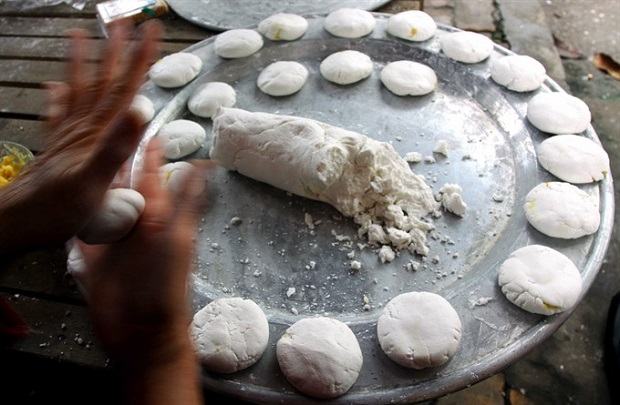 |
| The recipe of making bánh chay is similar to ‘banh troi’, but inside ‘banh chay’ is mung beans. (Photo: VNA/VNS) |
Though the versions of glutinous rice balls may vary from region to region, they all share common ingredients: green beans, sugar cubes and sticky rice.
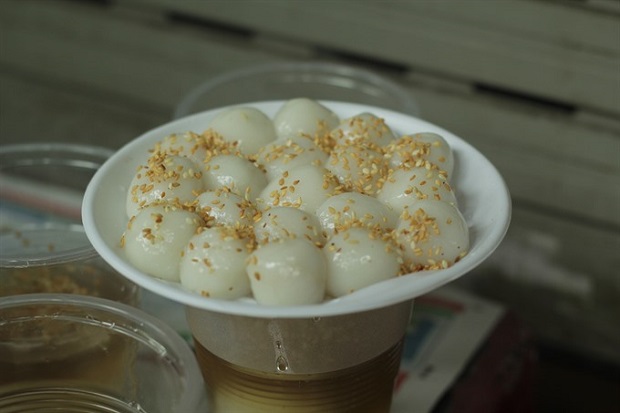 |
| ‘Banh troi’ is in size of a grape and made of rice, with a palm sugar cube inside. (Photo: VNA/VNS) |
In Cao Bang and Lang Son provinces, the Tay ethnic people make 'Coong phu' cake. It is served with hot sugarcane sauce flavoured with ginger.
In the south of Viet Nam, people tend to make ‘banh chay’ instead of ‘banh troi’, whilst in the north, ‘banh troi’ is more popular, clearly highlighting the difference between the two regions on the day of the Cold Food Festival.
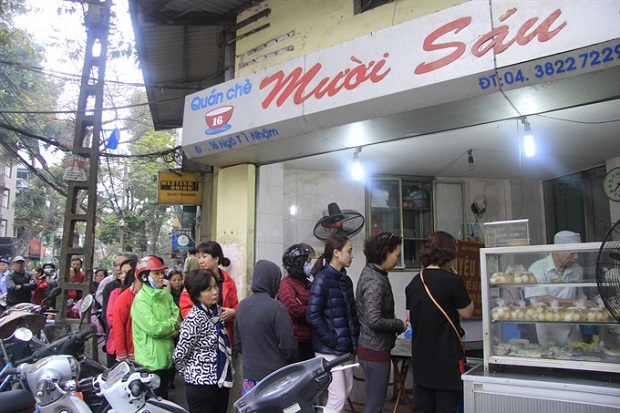 |
| People queuing at a popular food shop in Ha Noi’s Ngo Thi Nham Street to buy the cakes. (Photo: VNA/VNS) |
Nowadays, Vietnamese people eat glutinous rice balls not only on special occasions but also as a daily snack. Due to lack of time to make the traditional glutinous balls on the day of the Cold Food Festival, many people buy the rice balls from local eateries. Their respect for their ancestors, however, does not diminish.
(Source: VNS)